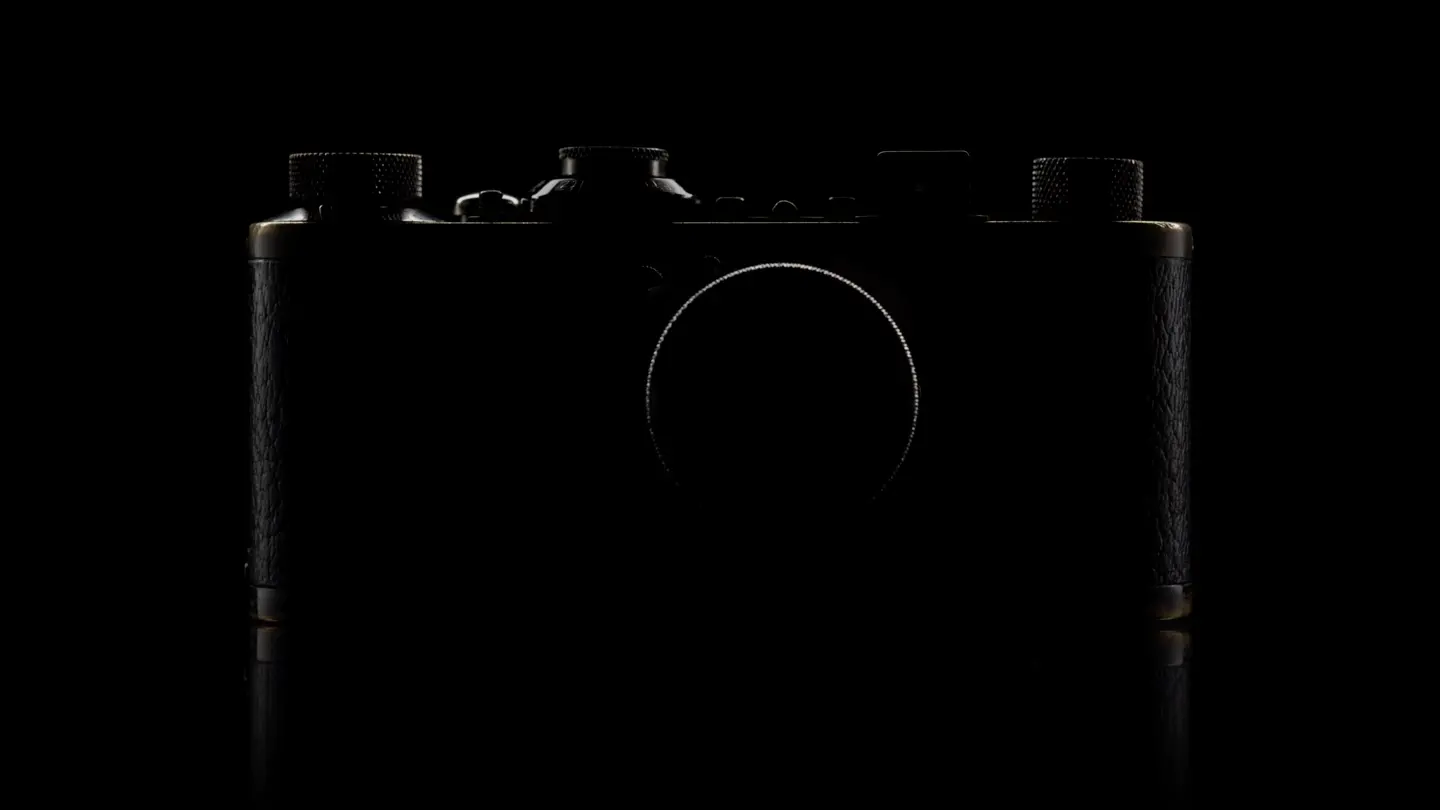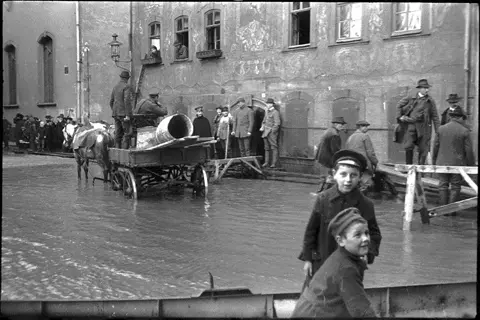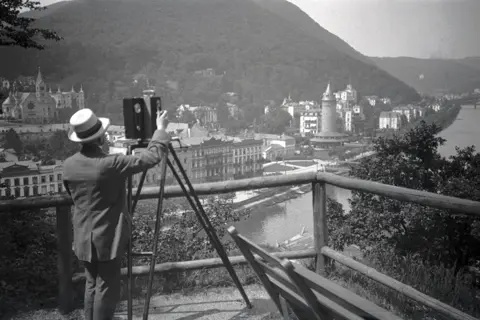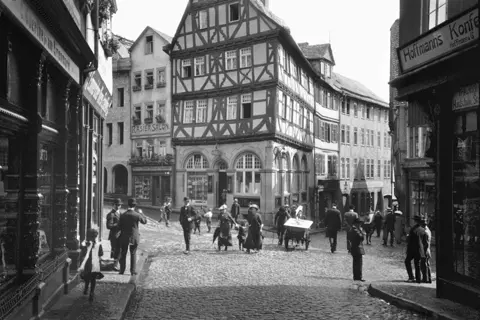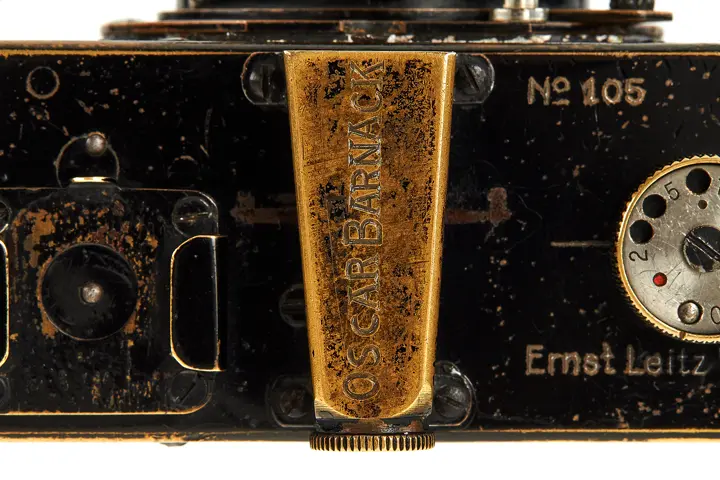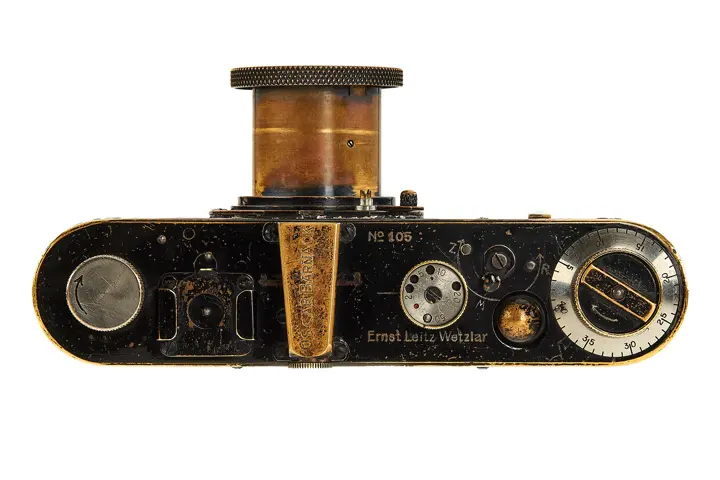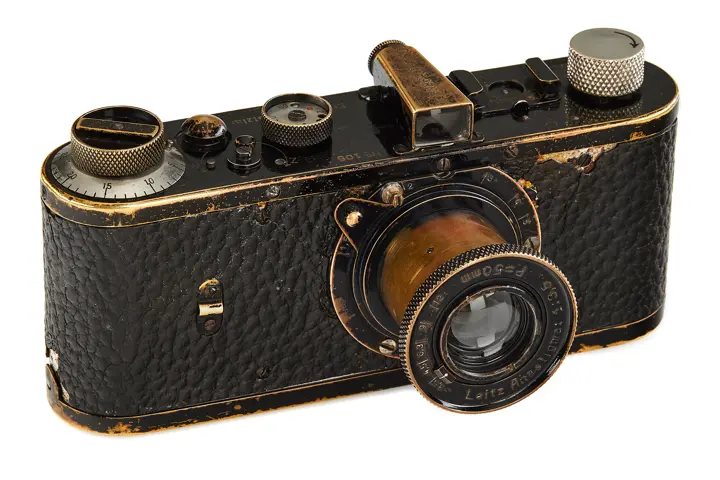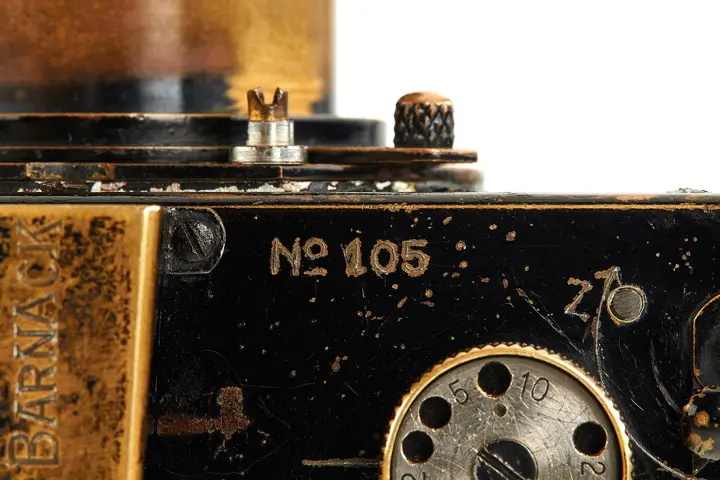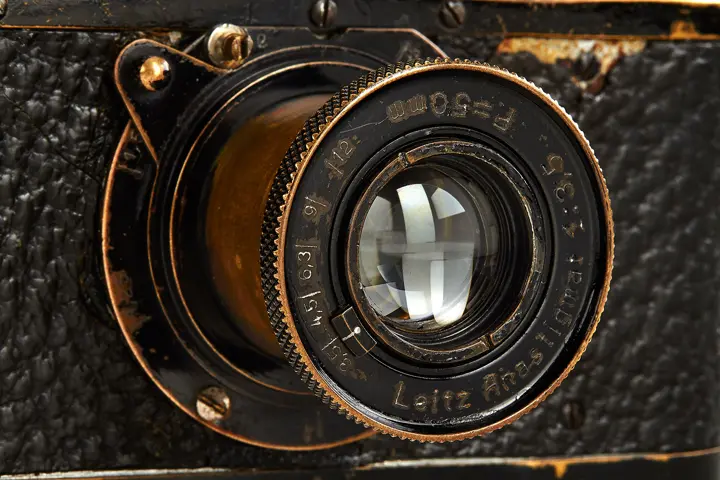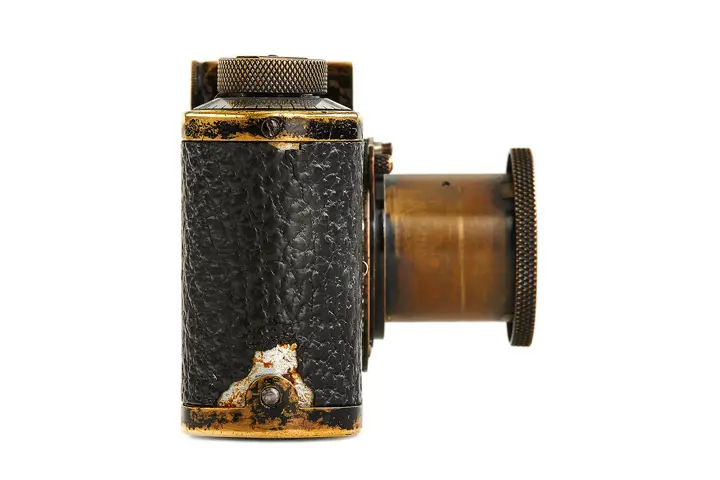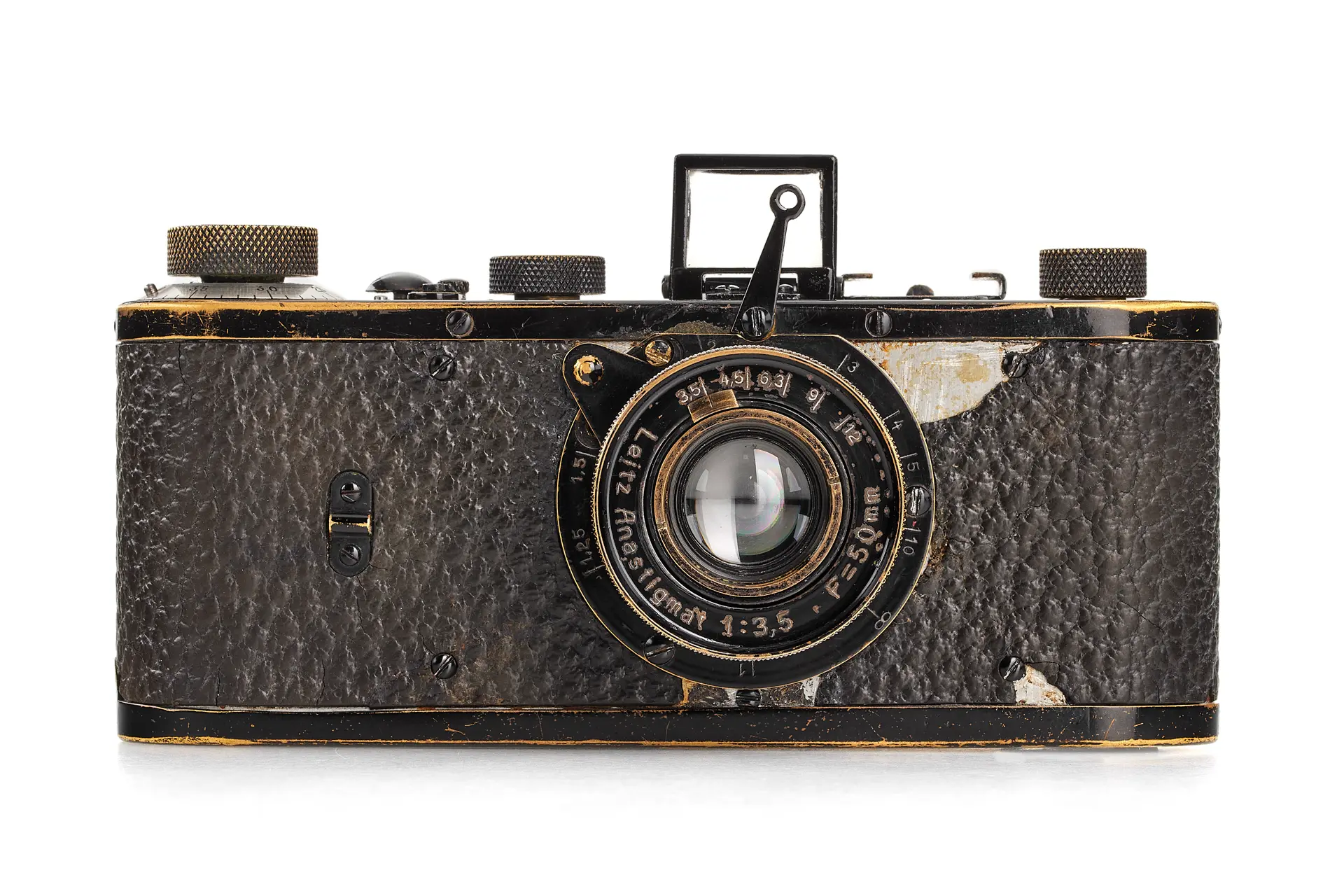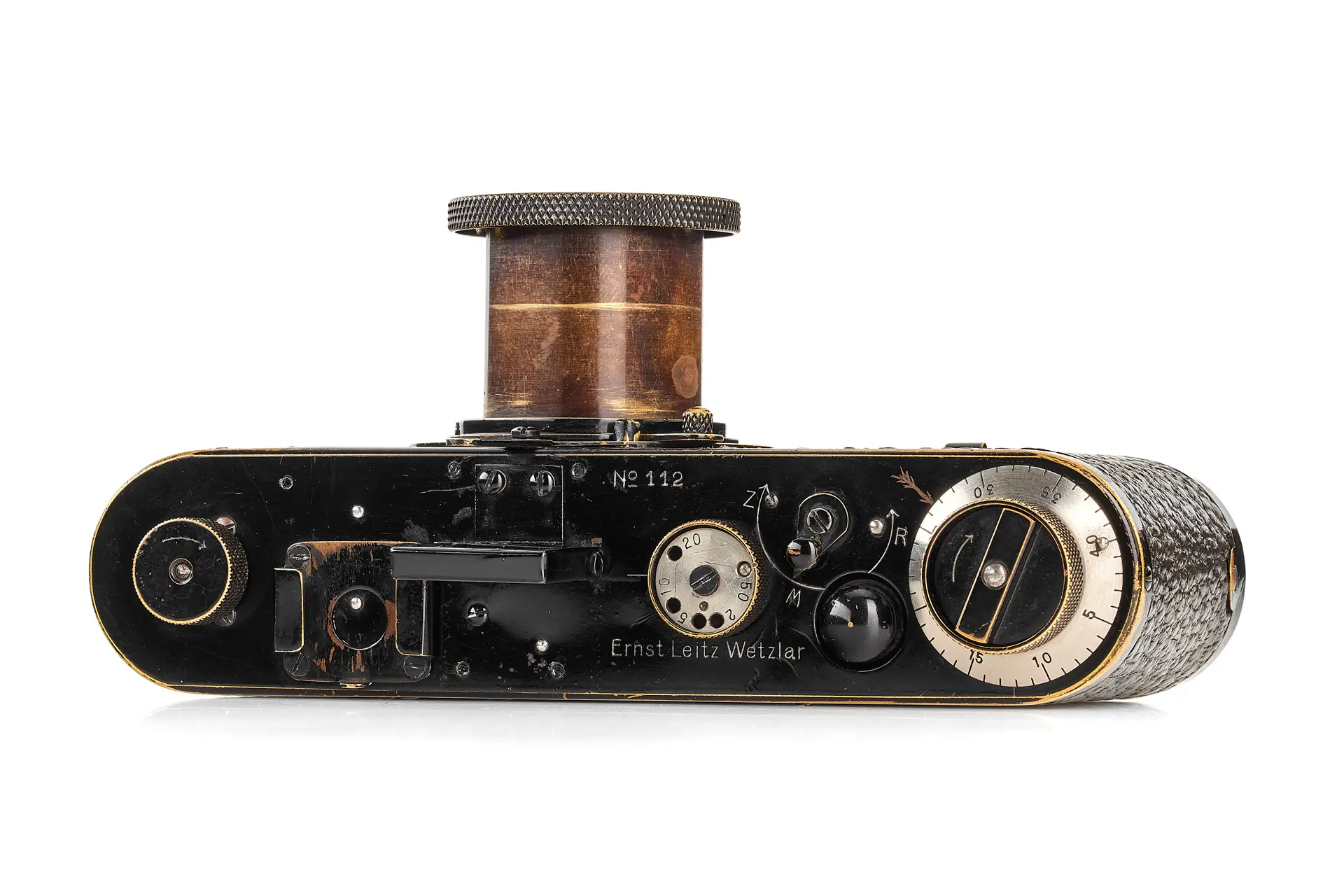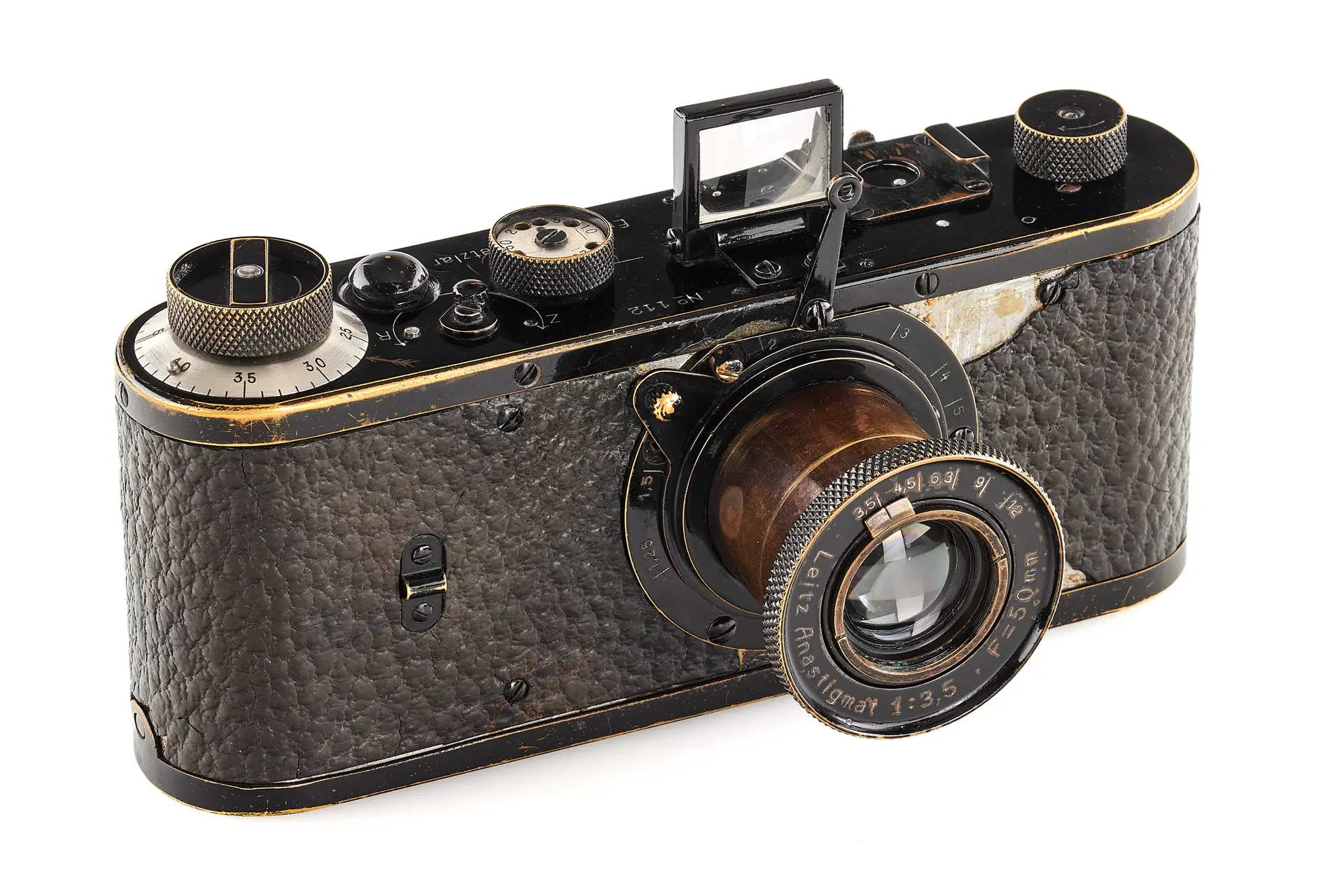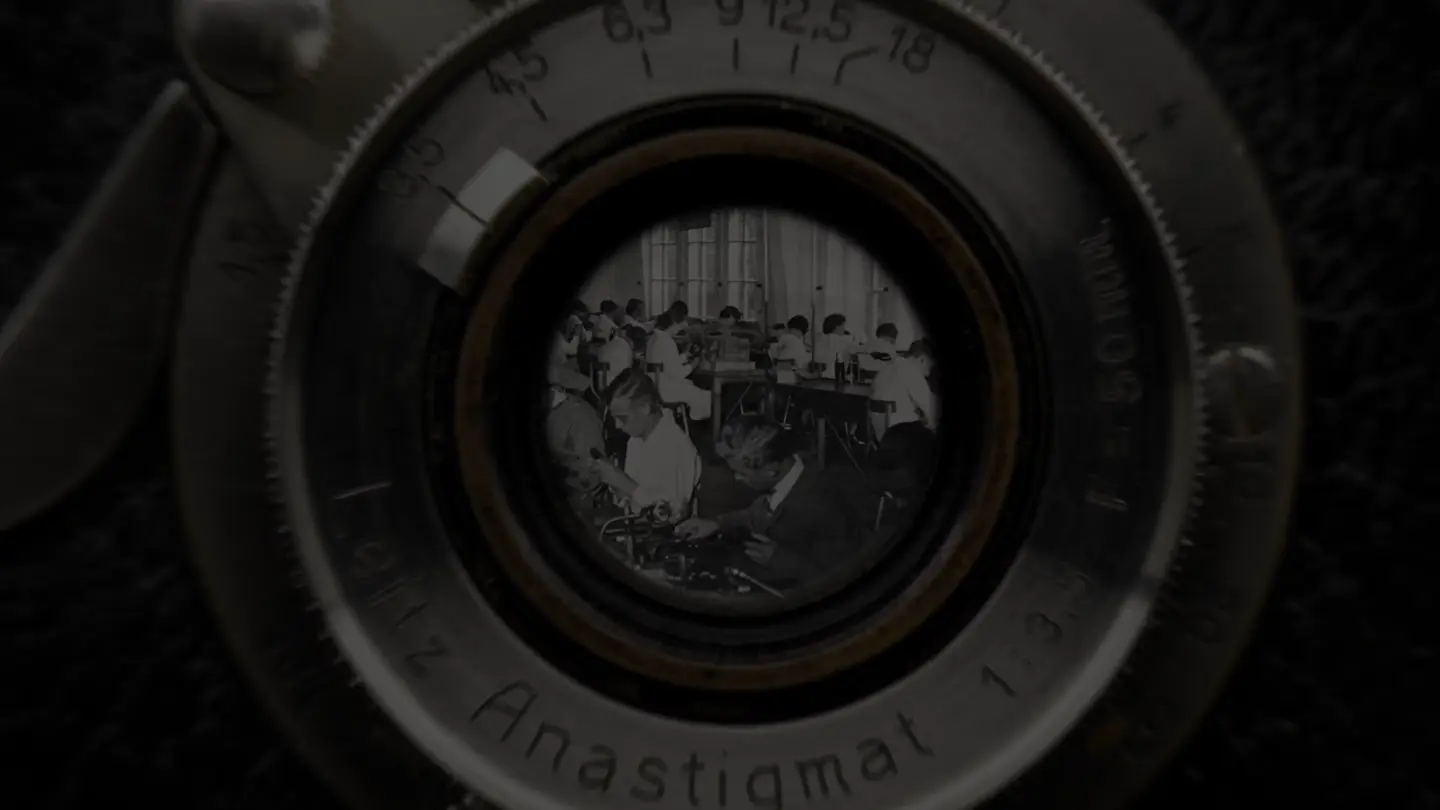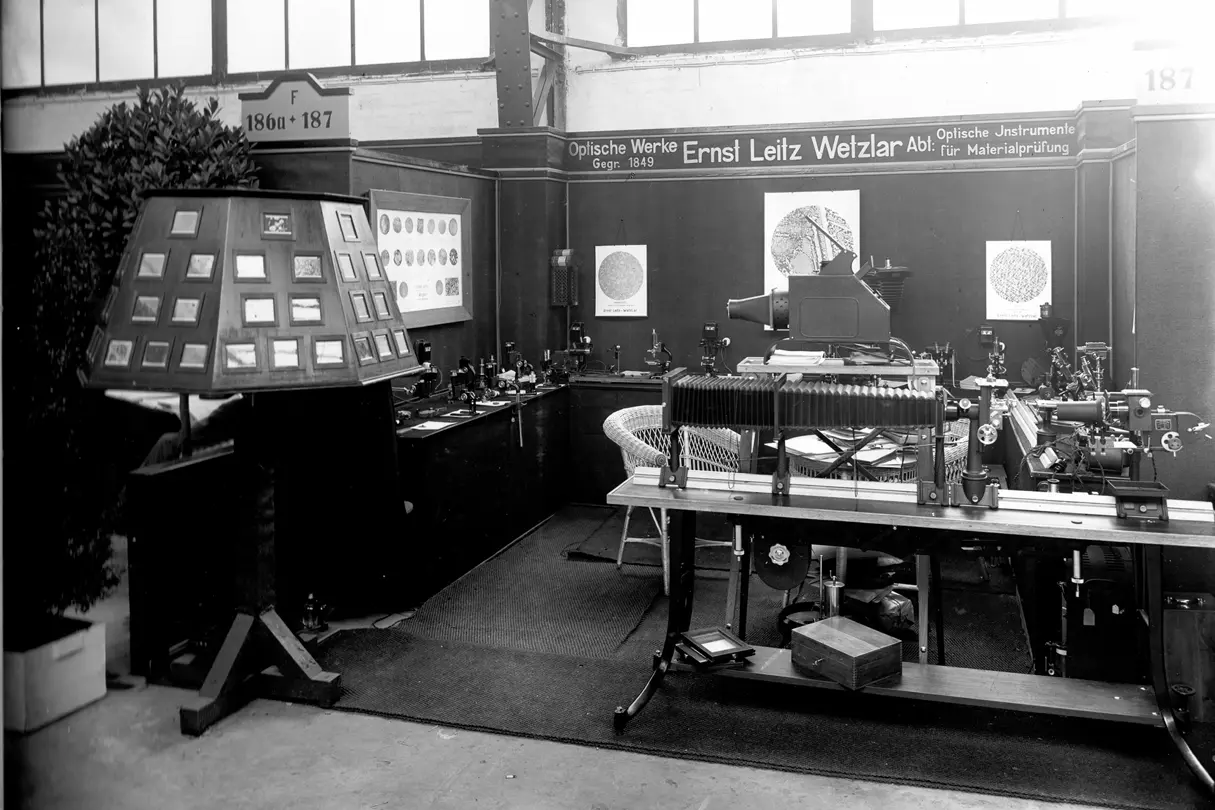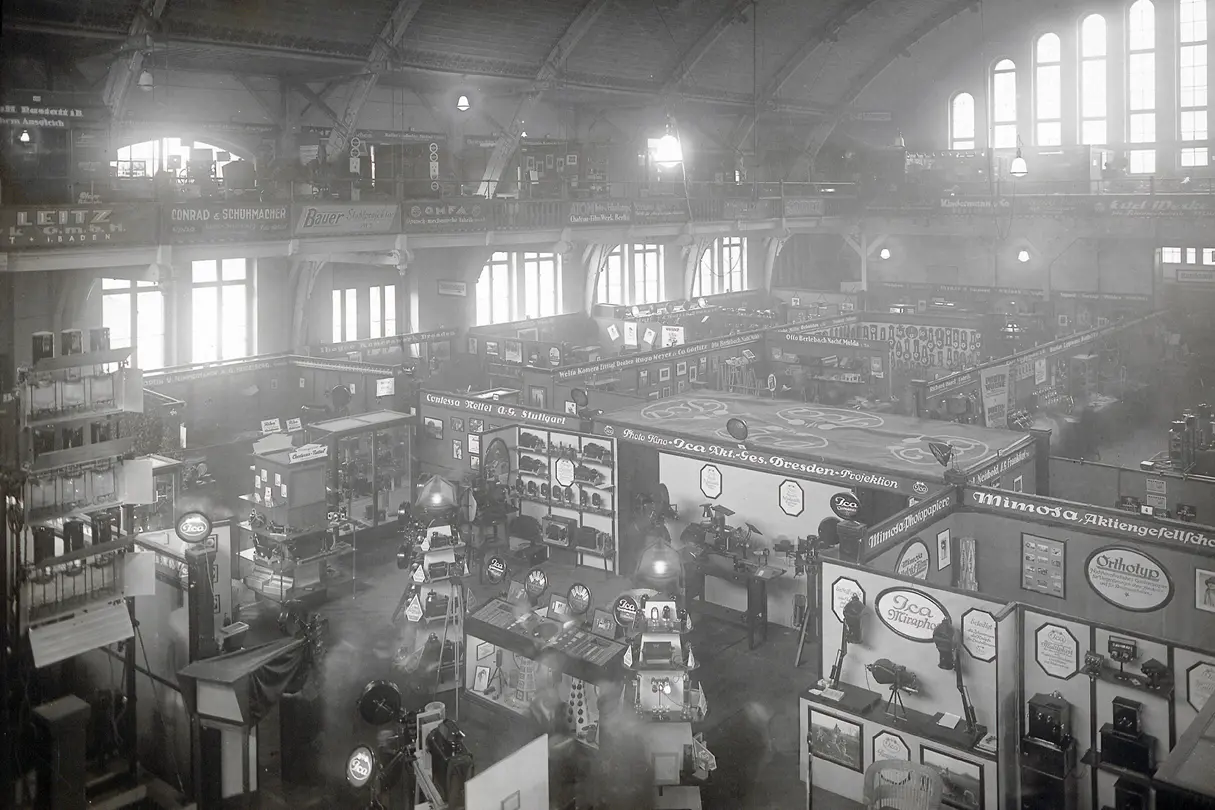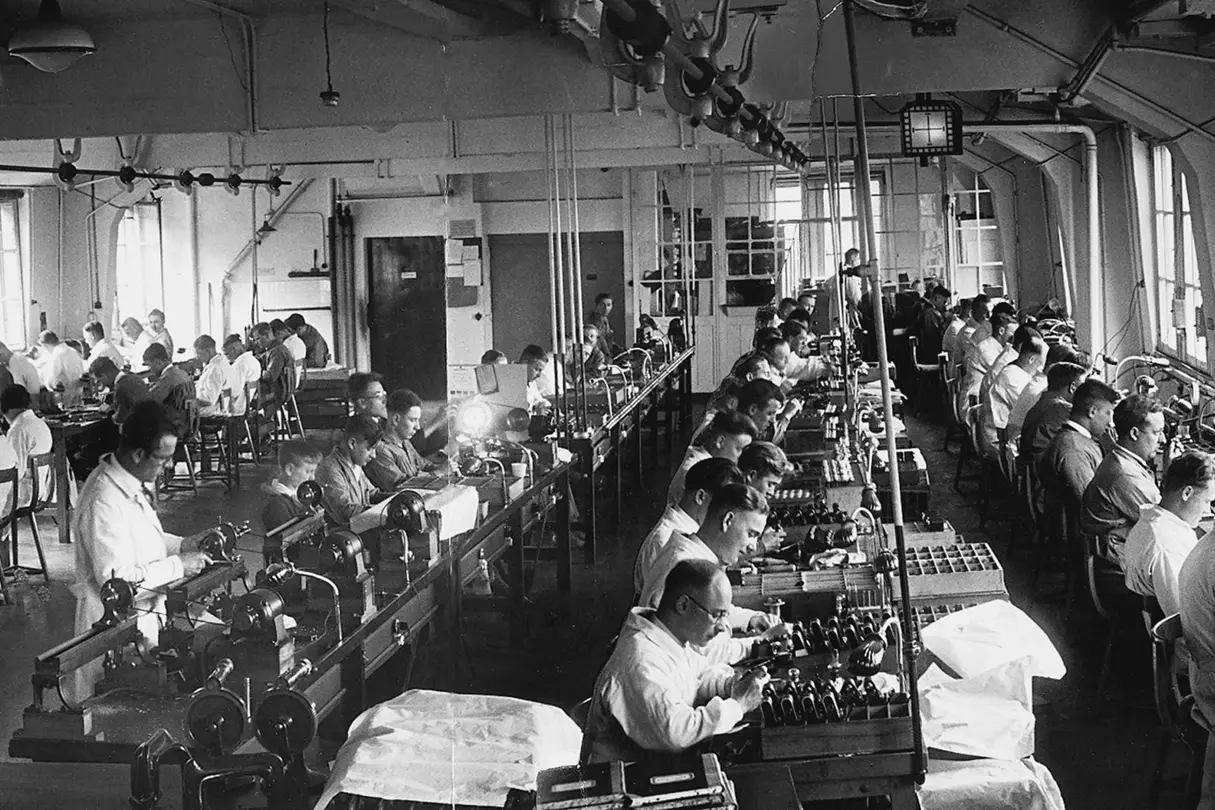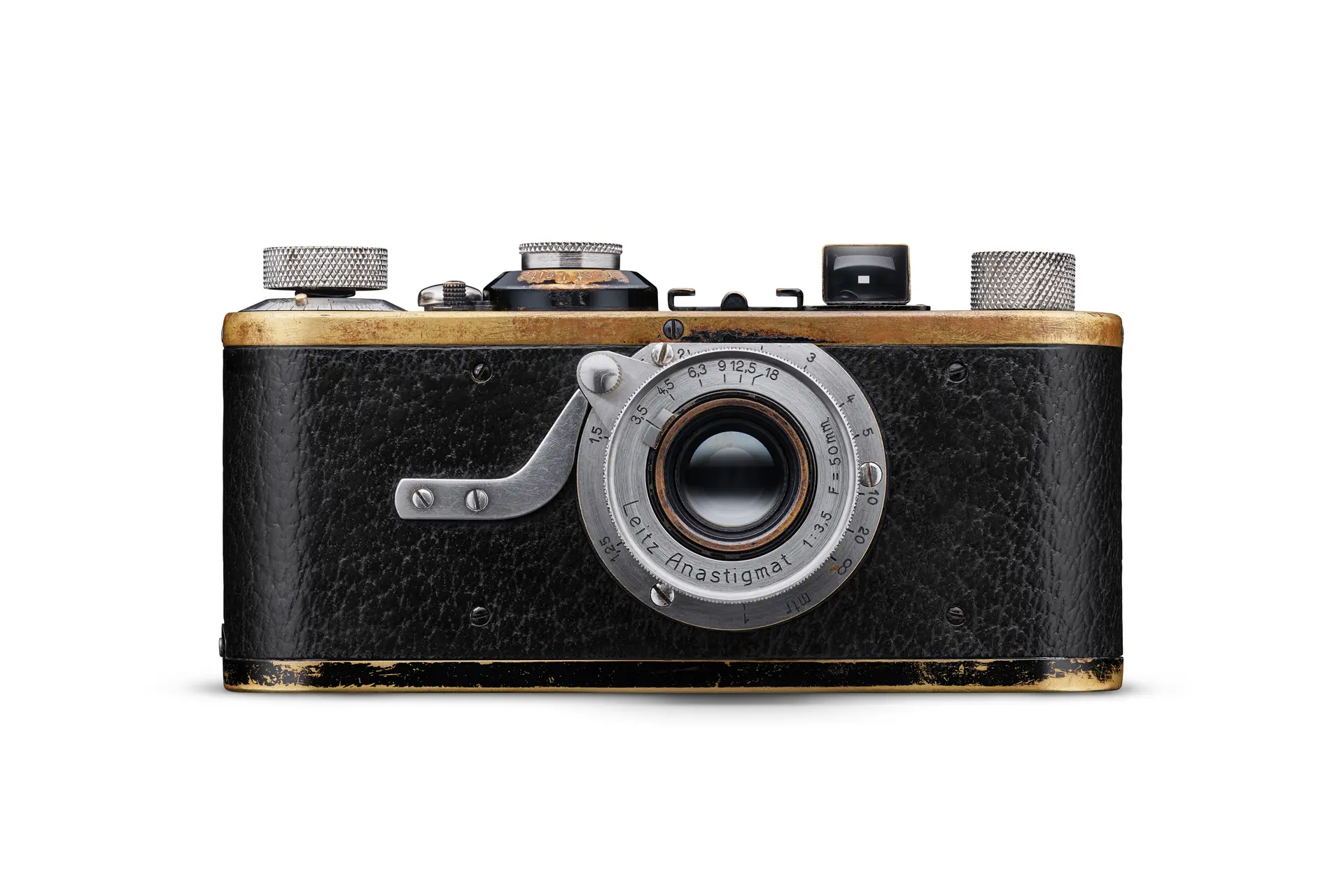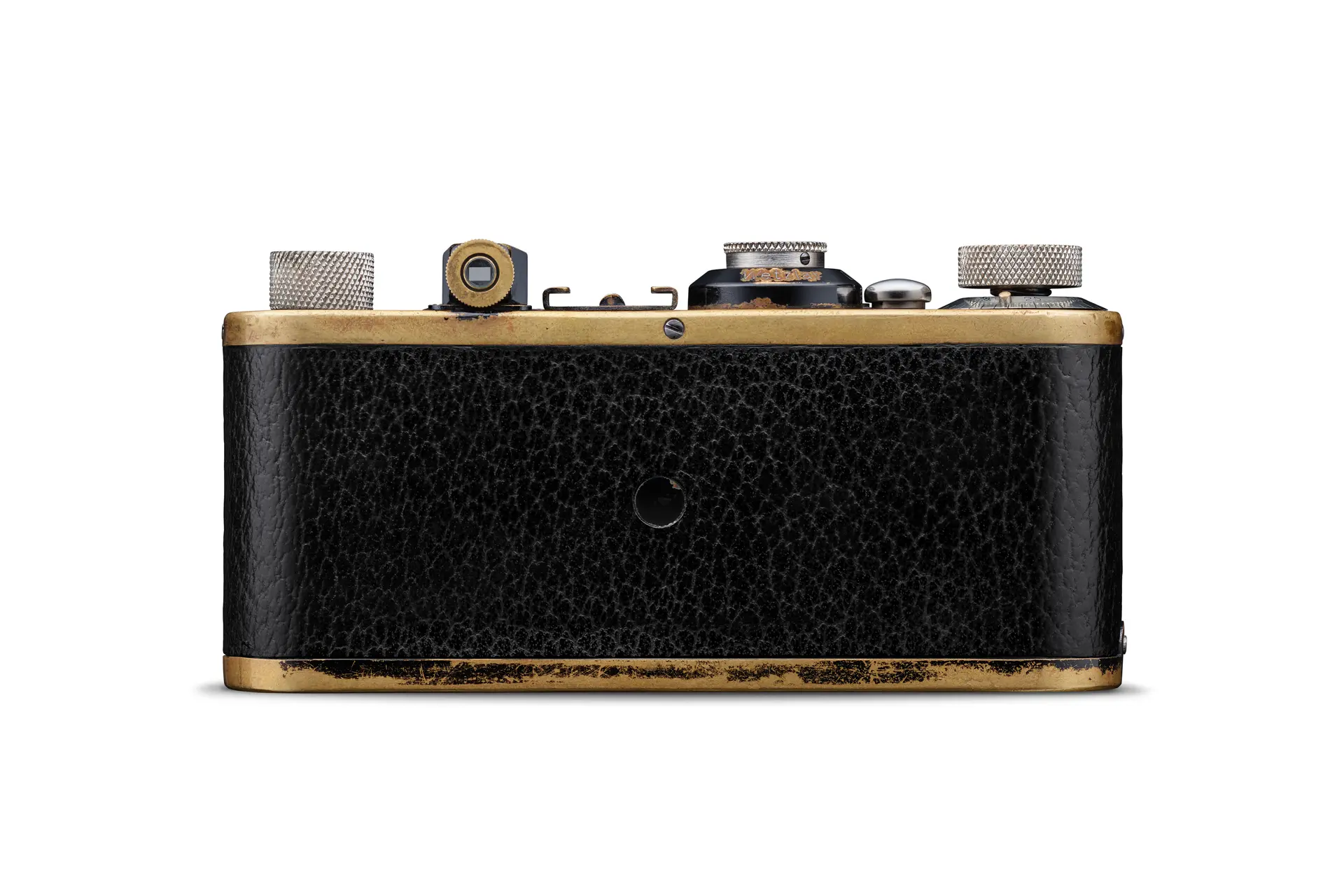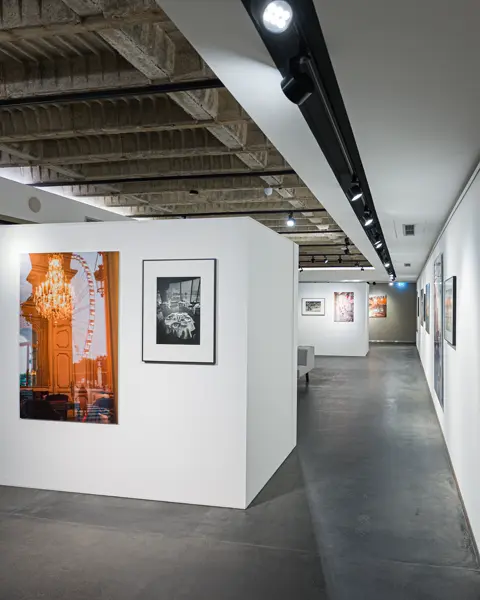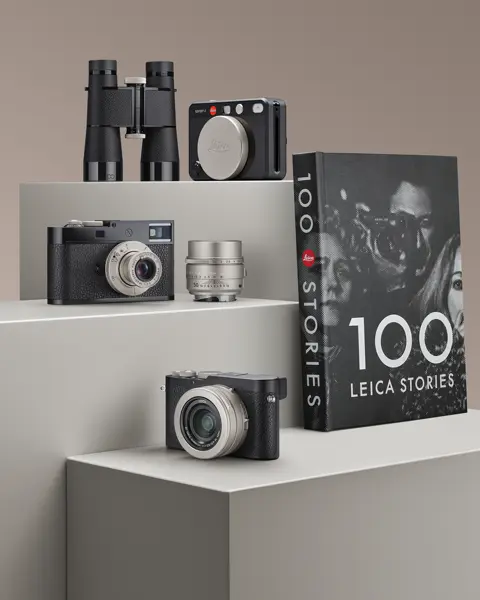The History of the Leica I
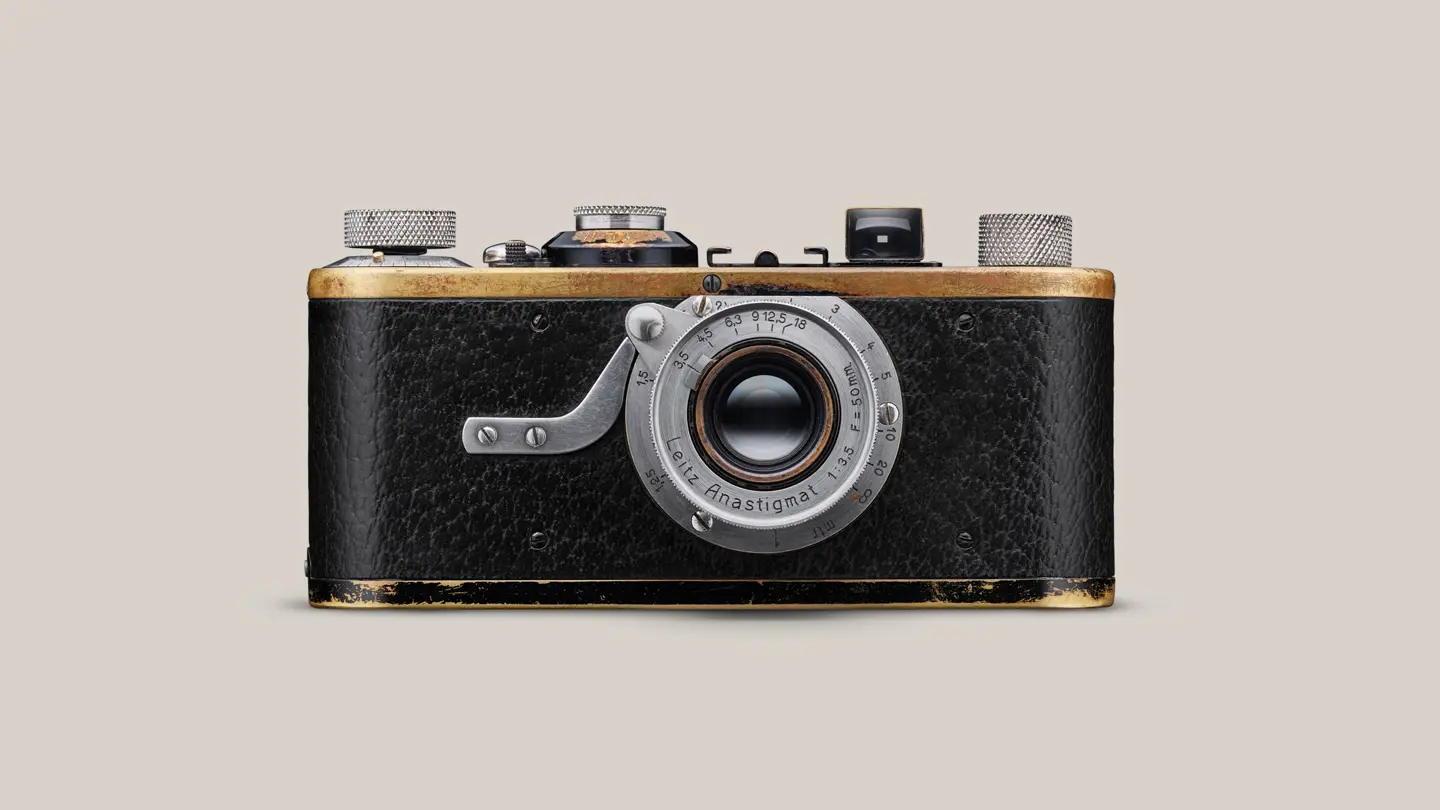
The Camera That Changed History
A pioneering idea, a bold decision, and excellent craftsmanship paved the way over 100 years ago for the development of modern photography as we know it today. Exhibited at the Spring Trade Fair in Leipzig in 1925, the Leica I embarked on its triumphal march a century ago, revolutionising the world of photography with its compact, portable format.
The Invention of the Ur-Leica
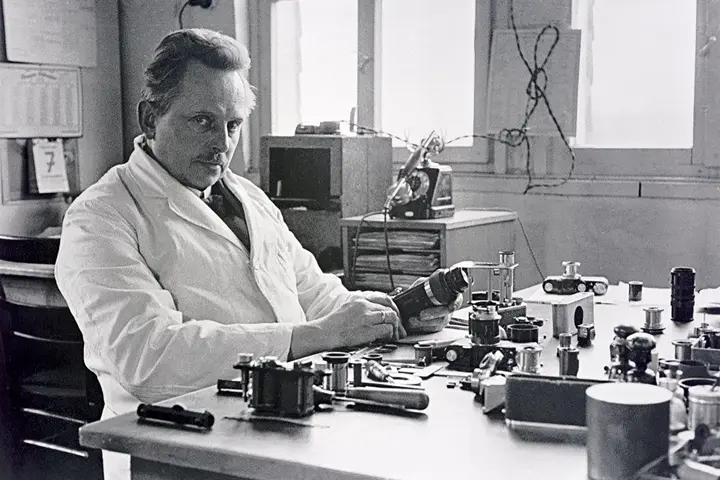
In 1849, Carl Kellner founded the Optical Institute in Wetzlar, which Ernst Leitz joined in 1864. From 1865, the latter ran the company in his own name and, within a few short years, propelled it to the forefront of the global microscope industry. From 1911, Oskar Barnack worked at Leitz, first as a precision mechanic and shortly afterwards as Head of Development for cinema and measuring technology. He was an amateur photographer, but due to his asthma was unable to carry cameras, which were large and heavy back then. This sparked his creative spirit, and in 1913/14 he developed a smaller, lighter camera with equally high image quality: the Ur-Leica, which he lovingly named “Liliput” and which continues to shape our company history to this very day. It was the first camera to use 35 mm cinema film in landscape format. This is the full-frame 35 mm format that made photography mobile and suitable for everyday life. It was quite the revolution!
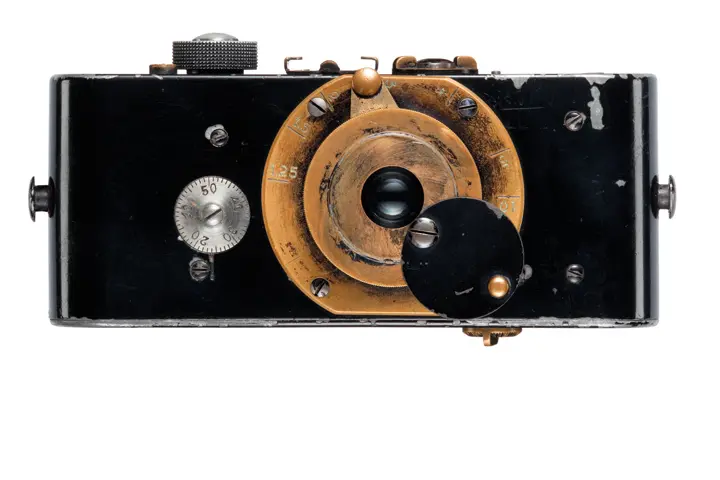
The Ur-Leica was far more than a prototype. It was a driving force for innovation and the basis for lots of other new inventions, influencing the design of cameras to this very day. This camera symbolises the start of our legendary history and represents craftsmanship, ingenuity, and a new photographic identity. A cultural icon that we cherish and preserve with pride.
The 0 Series
The so-called 0 series are prototypes that represent the transition from the Ur-Leica to series production of the Leica I in 1925. Leitz developed this small series of prototypes to test them under real-life conditions. Cameras were distributed to photographers, employees, and experts so that they could gain practical experience with them. Only a few of the 0 series still exist today, and they are considered extremely valuable both as cameras and as historic artefacts. Many aspects of them differ from the series production, such as the shutter, the viewfinder, or the lens.
All prototypes bear a three-digit serial number. Just like no. 105 and no. 122, which both sold for record prices as part of the Leitz Photographica Auction. In 2018, the auction house initially set the record for the world’s most expensive camera at 2.4 million euros (including premium) for the Leica no. 122 and surpassed this in 2022 with the Leica no. 105, which changed hands for an incredible 14.4 million euros (including premium). The Leica no. 105 was Barnack’s personal camera and, as proof of concept, it was also the key to his vision for mobile photography. It tells a story. It is precisely this, together with their rarity and immense significance in the history of photography and for our brand, that makes the cameras in the Leica 0 series so desirable.
To mark the anniversary celebrations at Leica’s headquarters in Wetzlar, the Leitz Photographica Auction will once again be auctioning off a 0 series on 27 June 2025, specifically the Leica no. 112. It is one of the first ever 35 mm cameras produced and was received by Oskar Barnack himself after completion in 1923.
The Decision - The 1st 35 mm Camera Enters Series Production
Oskar Barnack may have developed the Ur-Leica, but series production of a 35 mm camera was not without serious economic risk. Nobody could foresee whether a full-frame 35 mm format camera would be well-received. The market was uncertain, and production costs were high. The company’s reputation was at stake. There was internal resistance, and many managers and engineers were sceptical of series production in 1924.
Ernst Leitz II drew a line under discussions with his famous statement, “I hereby decide: we will take the risk.” The decision had been made. And it was a bold one. With a statement that demonstrated innovative spirit, pioneering thinking, and a willingness to break new ground. A statement that has underpinned our philosophy ever since, especially when it comes to boldly implementing new ideas.

I hereby decide: we will take the risk.
Ernst Leitz II
The Leica I
The first series version of the Leica I officially entered production at the end of 1924. It was built on the experience of the Leica 0 series and was the first 35 mm camera to be successfully mass-produced with a 35 mm cinema film format, which was revolutionary at the time. In 1925, it was presented to the public at the Spring Trade Fair in Leipzig.
Between 1925 and 1930, a total of around 57,000 units were manufactured in various designs. The compact, fast, and mobile camera enabled pioneers like Henri Cartier-Bresson and Robert Capa to create a completely new, intimate, and spontaneous visual language, thereby laying the foundations for new genres, such as reportage and street photography. Not only did the Leica I establish the 35 mm film as the global standard, but it also came to symbolise German craftsmanship, quality, and ingenuity.
The Leica I no. 126
The Leica I no. 126 has a very special significance in our history and for the history of photography. As the first serial camera ever produced and registered in the serial number list, the number. 126 is officially the first Leica I. Originally supplied to a customer in Brazil, it is now back in our company collection, and we are proud to be able to present this historic camera to the public on special occasions like anniversary events. The Leica I no. 126 marks the transition from the Leica 0 series to actual roll-out and symbolises the start of our brand story. It represents the courage to dare to innovate and the advent of modern photography.
